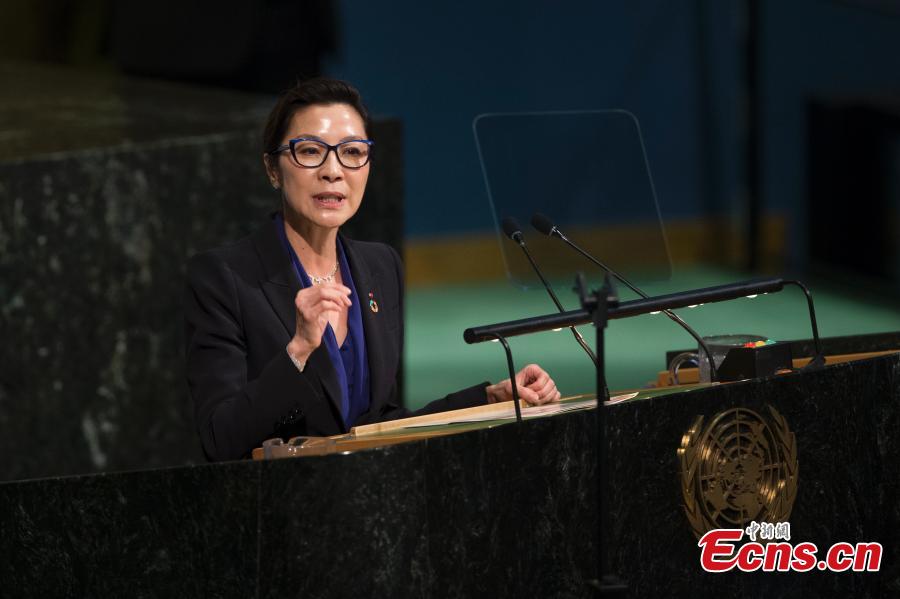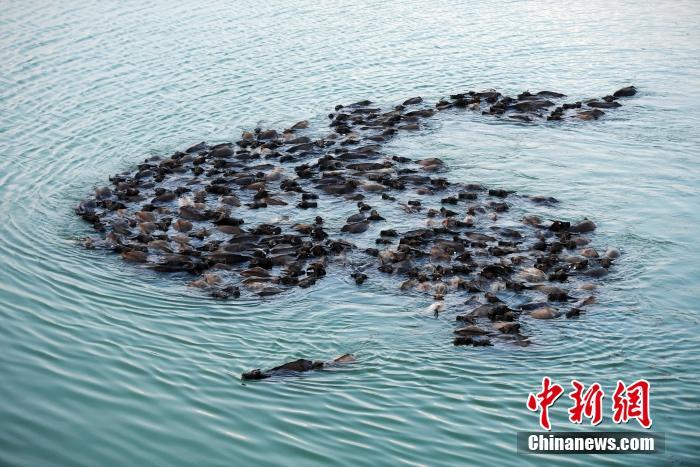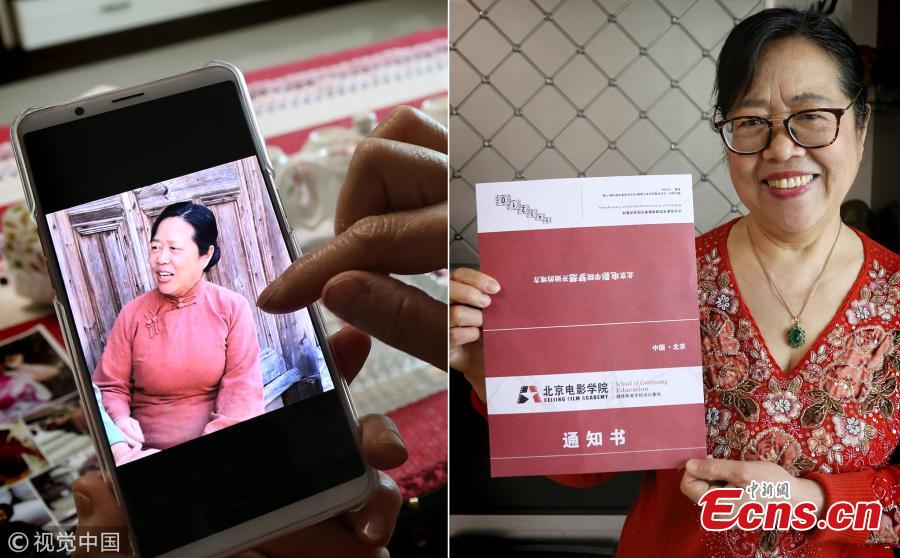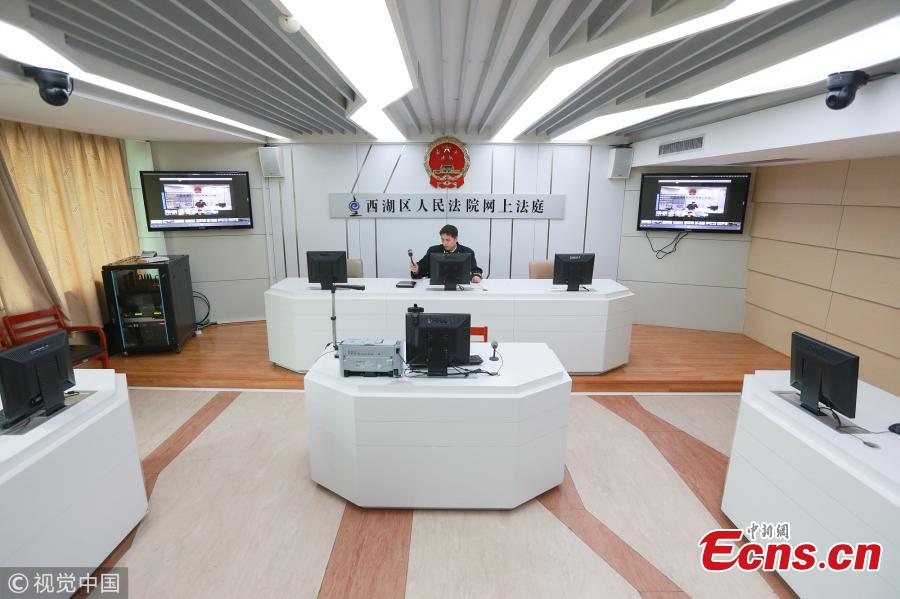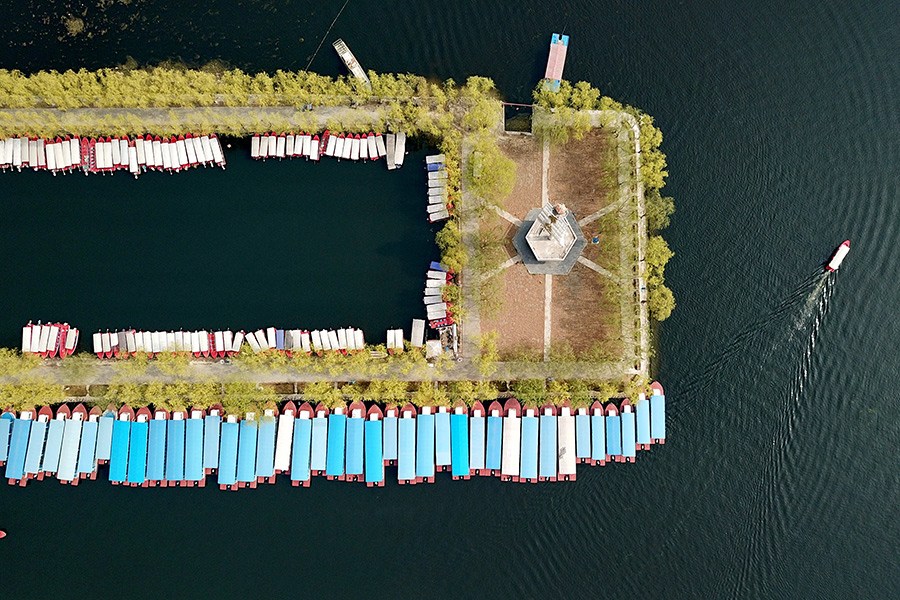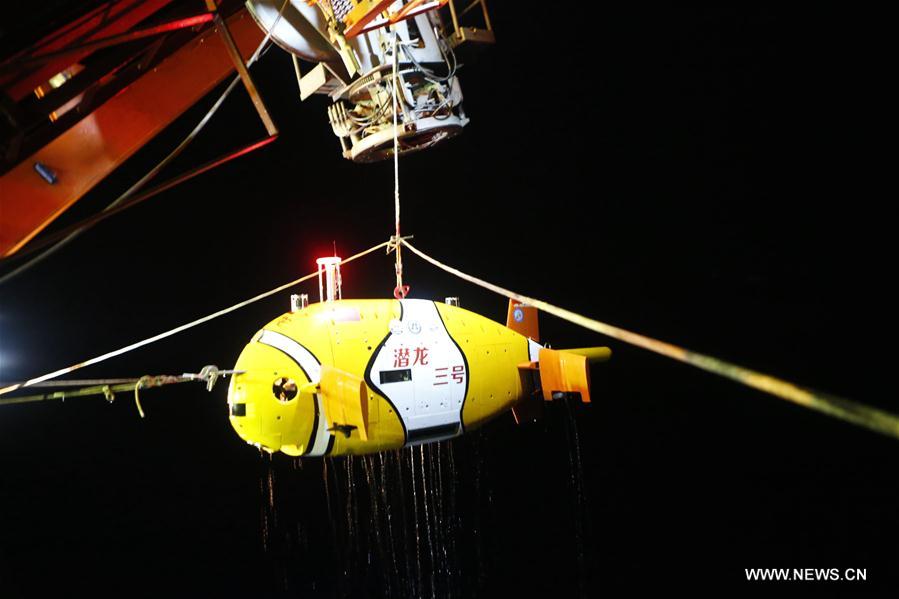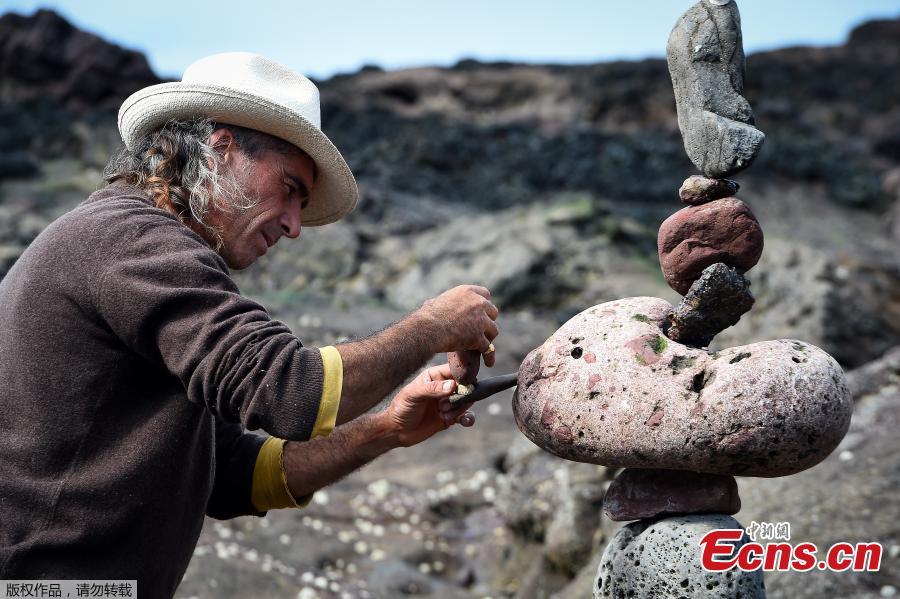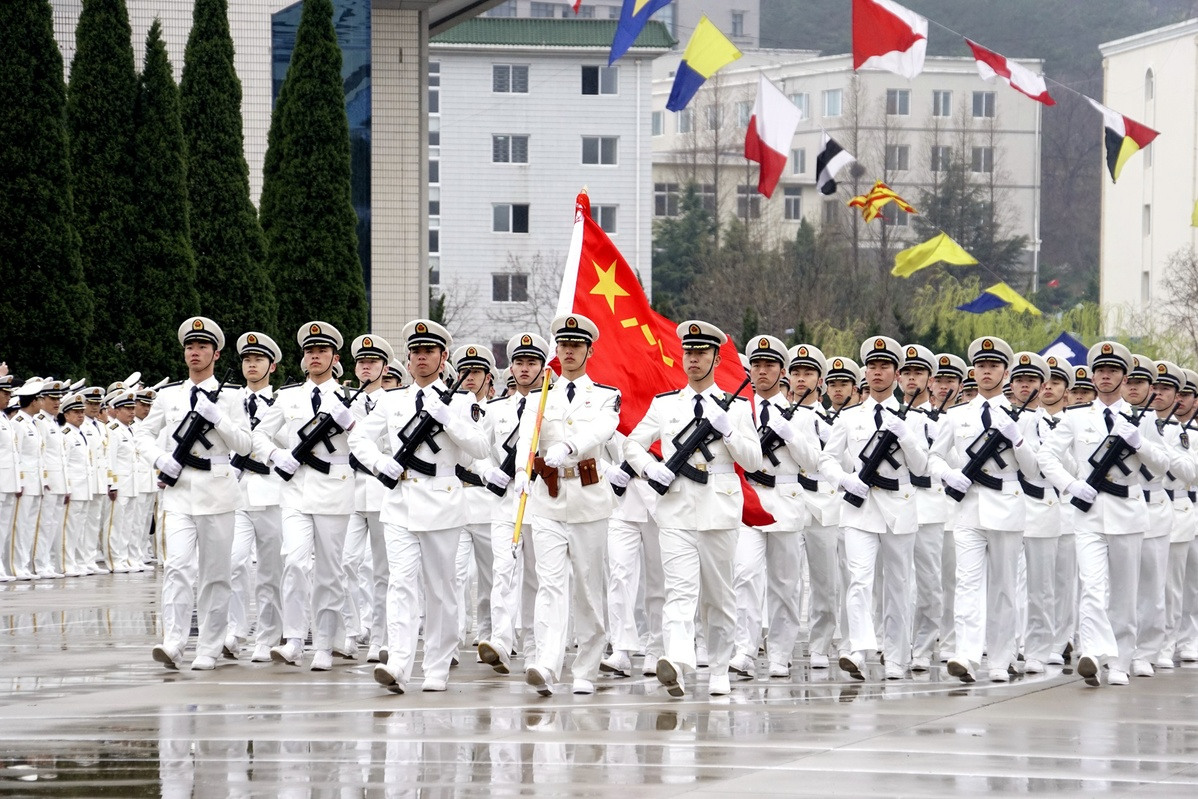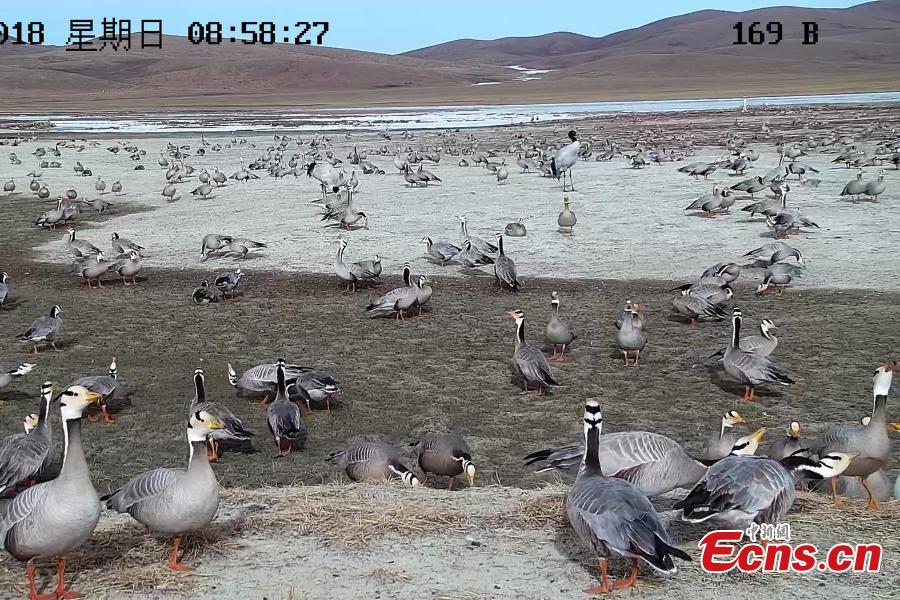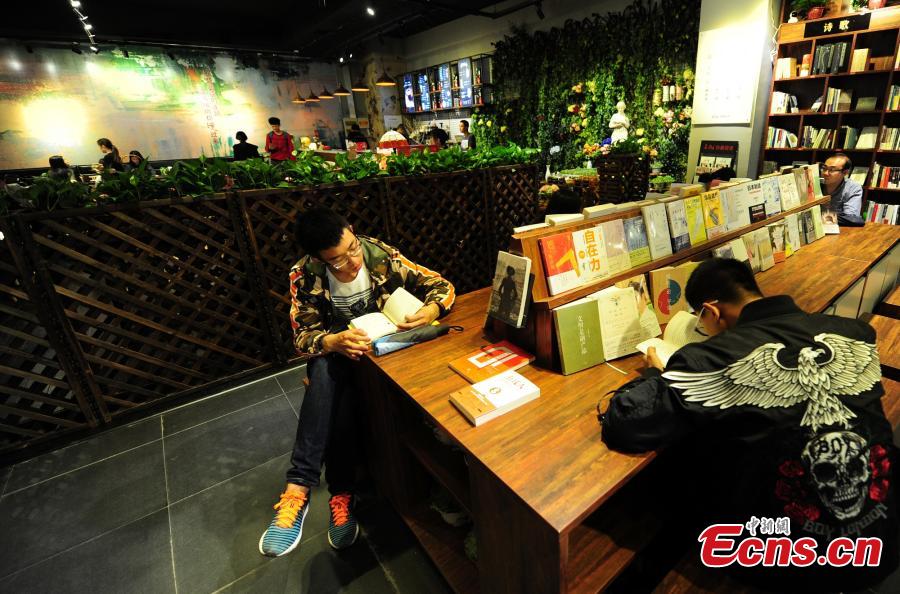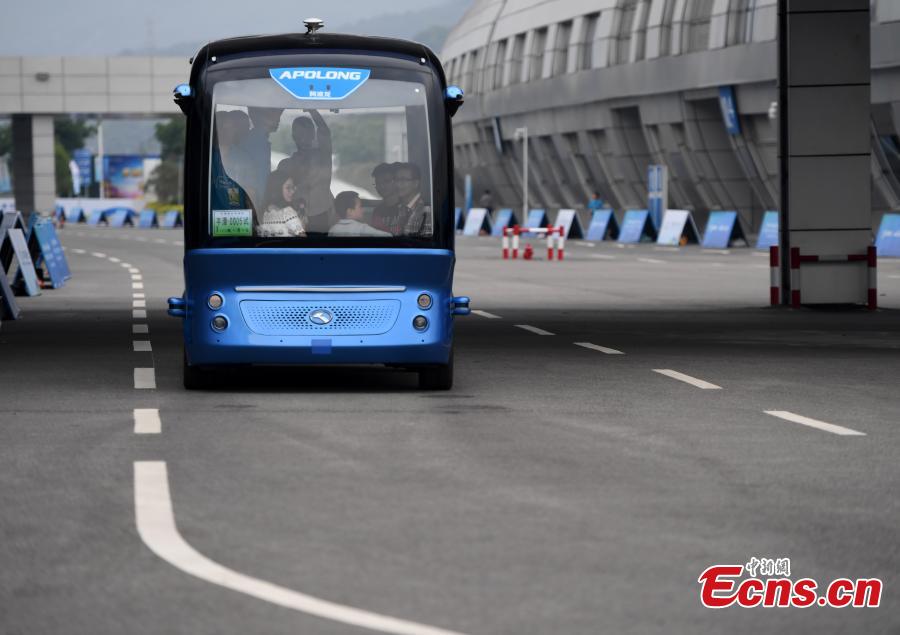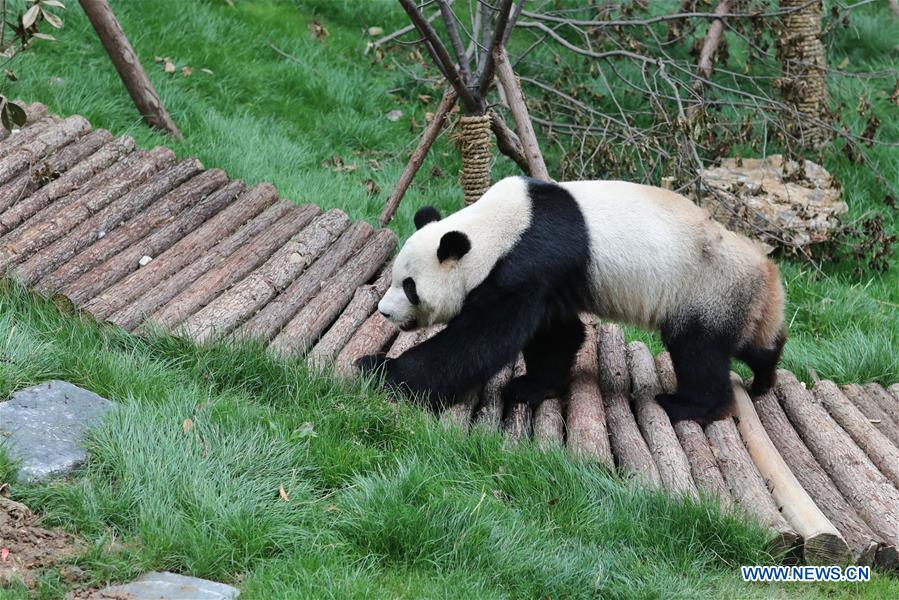Gov't, firms will control demand in coming winter: UNIPEC
China is unlikely to see a repeat surge in liquefied natural gas (LNG) imports this coming winter as the world's largest energy consumer has learned from the previous cold season to keep demand under control, the head of China International United Petroleum & Chemicals Co (UNIPEC) said on Tuesday.
"Last year was a special year," Chen Bo, president of UNIPEC, the trading arm of China Petroleum & Chemical Corp, or Sinopec, told delegates at the LNG Forum in Singapore, referring to government policies that caused China's LNG imports and prices in Asia to soar during the most recent winter.
China overtook South Korea as the world's second-largest LNG importer in 2017 with imports of 38 million tons, which was 46 percent higher than the year before.
The imports soared after the government ordered millions of homes to switch to natural gas and electric heating from coal to counter air pollution.
"We didn't have the experience before to deal with such a situation," Chen said.
This year, "demand will increase but the government and companies will control it," he noted.
Chinese companies have announced plans to secure more gas ahead of winter.
Sinopec said in early April that it will increase its natural gas supplies significantly in the next six years and also plans to more than double its LNG receiving capacity in the next six years to 26 million tons on an annual basis.
PetroChina is filling up underground gas storages in southwestern China with supplies from central Asia and Myanmar. China National Offshore Oil Corp has also issued a tender to seek LNG cargoes for delivery for up to 2022.
Chen said he sees sufficient LNG supplies in the market and UNIPEC has the flexibility to source supply from various countries.
"For example, we can get supplies from the Qatar expansion, increase supplies from Australia, plus there are fantastic supplies from America," he said.
Sinopec operates three LNG receiving terminals in Qingdao, East China's Shandong Province, Beihai, South China's Guangxi Zhuang Autonomous Region and Tianjin in North China, each with an import capacity of 3 million tons per annum.











